As the COVID-19 curve continues to flatten in Canada, various governments are looking at how they can loosen restrictions and get the economy moving again. Reopening schools is an important part of this strategy.
Right now, K-12 schools across the country remain closed. While some provinces will probably keep schools closed until September, other provinces, particularly British Columbia and Quebec, are willing to send students back earlier, albeit under significant restrictions.
Obviously, it is too soon to say exactly when regular classes will resume. Provincial governments should listen to the advice they receive from medical experts. This advice is important because the last thing we need is a dramatic spike in infections.
Most important, it is unrealistic to expect that physical distancing in schools will look anything like physical distancing in other places such as grocery stores. Anyone who thinks it’s possible to keep students six feet apart throughout the school day has no understanding of what children are like when they are together. Even assuming that classrooms are big enough to space desks six feet apart, there is no way to prevent students from coming into close contact. Close contact is what kids do.
Those nicely organized lineups at Walmart and Superstore where each person stands dutifully six feet apart bear no resemblance to what happens on playgrounds and in school hallways. Schools already have considerable difficulty preventing students from pushing and shoving each other, let alone keeping them six feet apart.
This doesn’t mean that schools can’t take precautions. Obviously, it makes sense to put hand sanitizers at the entrances and in classrooms and for teachers to remind students to regularly wash their hands. It’s also reasonable to suspend large gatherings such as school assemblies, concerts, and sporting events, at least for the time being. Learning can proceed without these activities.
Simply put, school administrators need to be realistic about which distancing measures are feasible and which ones are not.
It’s also important to be realistic about what learning will look like over the next few months. Teachers have already put incredible effort into transitioning from in-class learning to emergency remote learning. This wasn’t easy for students or for teachers. Even if all students had equitable access to technology, there’s no way that most students learn as much working by themselves at home as they do during in-person classes with an effective teacher. Learning loss will be a real problem for many students.
Some provinces might be tempted to enact symbolic, yet ineffective, measures to compensate for this loss of learning. These options include starting the next school year early, expecting students to do schoolwork over the summer holidays, or making them do remedial work in the fall. Not only are these measures ineffective, they would make the transition back to regular classes even more difficult for teachers and students.
While academic standards are important, the reality is that schools aren’t going to emerge unscathed from this global pandemic. In this circumstance, learning loss is unfortunate, but probably inevitable.
In addition, provincial governments must ignore the edu-gurus who view this pandemic as a perfect opportunity to reimagine what schools should look like. As an example, Andreas Schleicher, the OECD director for education and skills, went so far as to suggest that students will find online learning so engaging that they will demand in-class instruction be more like it. These absurd statements show just how out-of-touch many edu-gurus really are from the realities of everyday teaching and learning.
The emergency remote learning that students are engaged in now is a short-term substitute for regular classroom learning, not a glimpse of what education should look like in the future. If anything, this pandemic has exposed the serious limitations of technology as a substitute for direct human interaction between teachers and students. It would be a huge mistake for any department of education to use this pandemic as an excuse to introduce mandatory e-learning for students.
Finally, it’s important that when schools reopen, provincial governments do everything they can to keep them open for the duration of the school year. It’s one thing to shut down schools for several months on a one-time basis, but it’s another thing entirely for schools to open and close multiple times. School children need stability and consistency to truly learn.
If there’s one thing we’ve learned during this pandemic, it’s that schools are vitally important places of safety and security for students. The shutdown was necessary to slow the spread of the virus and to provide governments with time to develop appropriate response options. However, shutting down schools again would magnify the learning loss, separate students from teachers who care about them, and make it nearly impossible for school administrators to plan for the future.
This pandemic has been hard on everyone. Let’s hope that provincial governments use some common sense when they begin reopening schools.
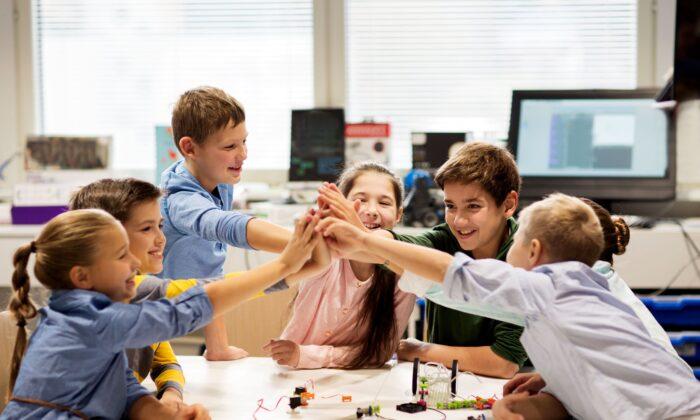

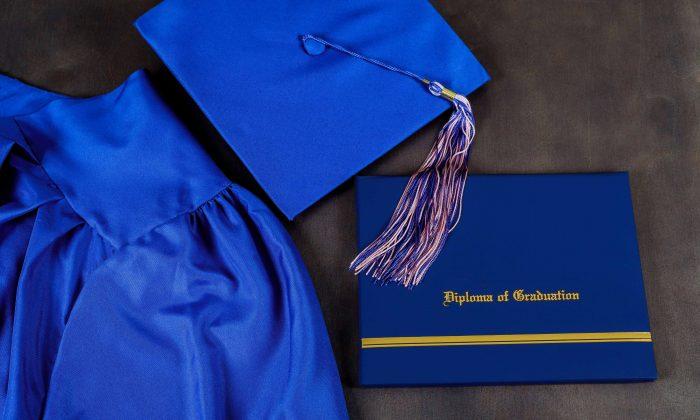
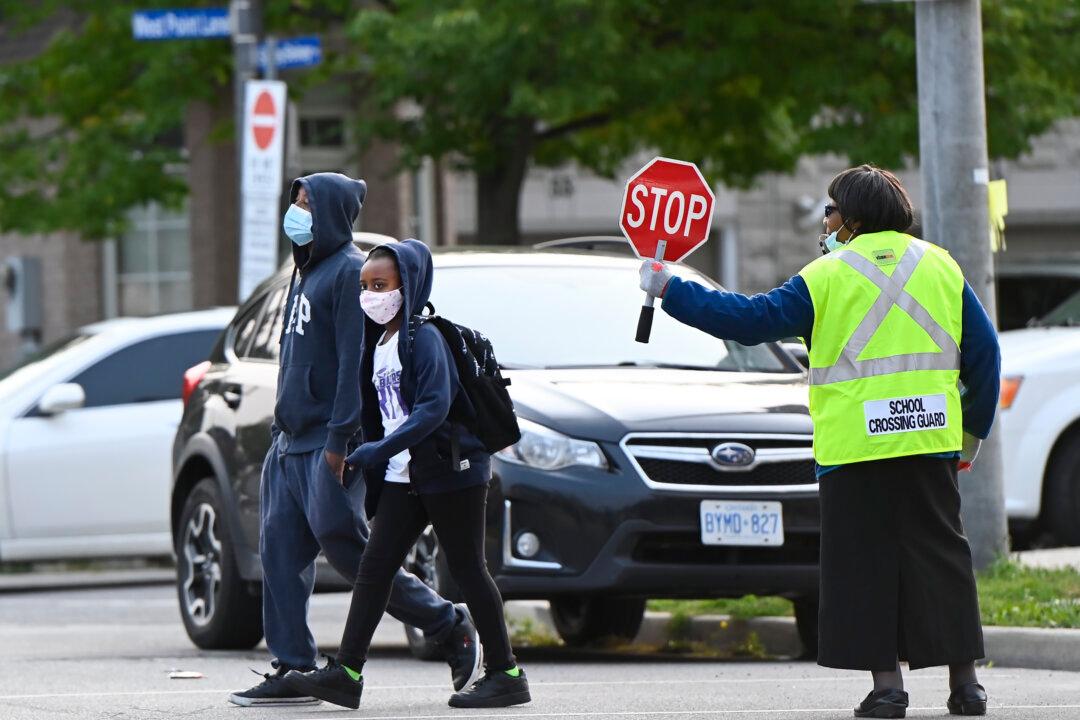
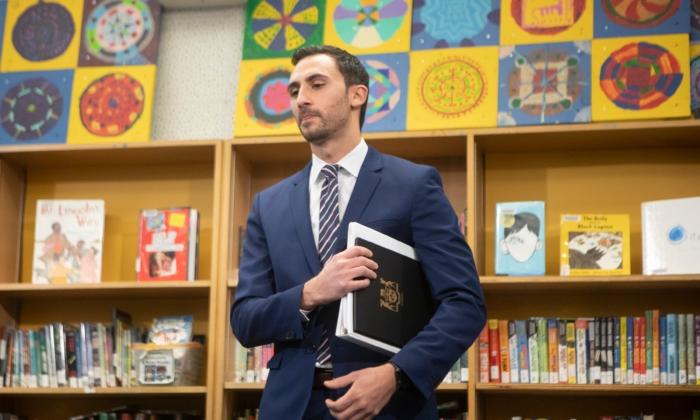
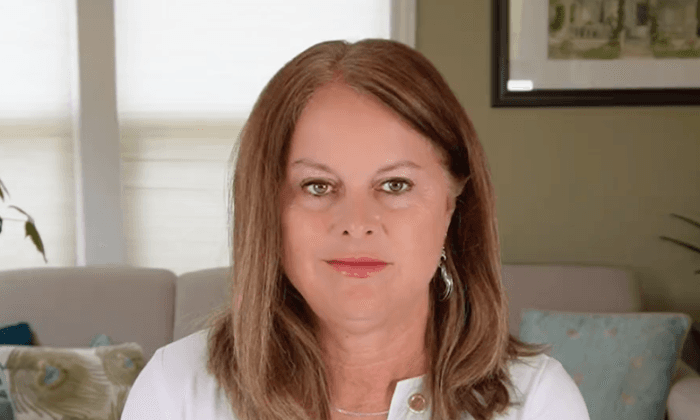
Friends Read Free